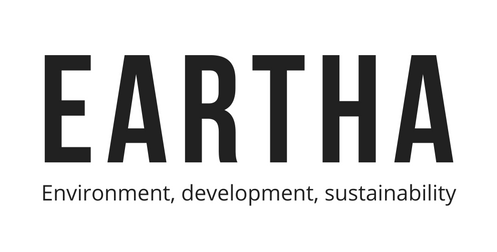Man-made, Floating Islands That Clean Up And Revive Urban Lakes

Artificial wetlands have become recognised world over as an effective, low-cost technology to improve the water quality of aquatic environments by absorbing harmful nutrients and chemicals from the municipal waste entering and polluting them.
Designed around the same principles as natural wetlands, these manmade structures use a variety of plant species that extend their roots into the water and absorb different nutrients from it. Some commonly used plant species include vetiver, canna, water spinach, azolla, and others with similar bio-filtration properties.
Says Himanshu Arteev of Biome Environmental Solutions, "Floating islands can be deployed in ponds, lakes, rivers or any other body of water to monitor, regulate, and improve water quality, enhance plant and animal life, and complement the natural surroundings."
"The islands are designed to be lightweight and easily installed by one person," he explains. The only materials you will need are PVC pipes, 4 elbows, used plastic bottles, a nylon mesh, and tags.
The floating wetlands have the potential to turn into sites of rich biological diversity by serving as spawning habitats for fish and aquatic birds. Arteev adds that they also serve to reduce eutrophication (the depletion of oxygen in a water body due to excessive nutrient accumulation, which kills aquatic animals), improve the landscape of urban lakes, and preserve their shores through wave absorption.
Filtration occurs through the root zones of plant species like vetiver and canna
Image: Biome Environmental Solutions
At its recently concluded Kere Habba or lake festival, Kaikondrahalli Lake, a byword for civil society revival and rejuvenation of urban water bodies, launched its very first floating wetland. Regular monitoring of water quality will help determine the impact of introducing the wetland into the lake. Community members joined the team from Biome in building the island and releasing it into the lake. Over the following months, the impact of the island on the lake ecosystem will be frequently monitored.
Watch how the floating wetland was built and released into Kaikondrahalli Lake






